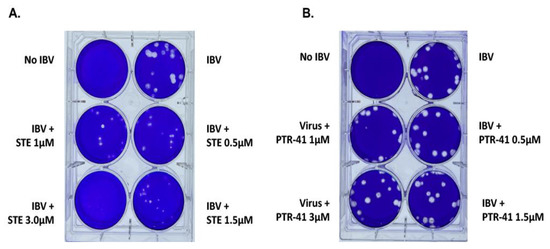科学者たちは、収斂進化はこれまで考えられていたよりもはるかに一般的であると述べています。 Scientists say convergent evolution is much more common than previously thought
2022-06-01 バース大学
今回初めて、バース大学の科学者たちは、形態学に基づく進化の木と分子データに基づく進化の木を比較し、地理的位置に応じてそれらをマッピングしました。
その結果、分子系統樹でグループ化された動物は、形態系統樹でグループ化された動物よりも地理的に近い場所に生息していることが判明した。
<関連情報>
- https://www.bath.ac.uk/announcements/study-suggests-that-most-of-our-evolutionary-trees-could-be-wrong/
- https://www.nature.com/articles/s42003-022-03482-x
分子系統は、形態学的系統よりも生物地理学的系統をよく表している Molecular phylogenies map to biogeography better than morphological ones
Jack W. Oyston,Mark Wilkinson,Marcello Ruta &Matthew A. Wills
Communications Biology Published:31 May 2022
DOI:https://doi.org/10.1038/s42003-022-03482-x

Abstract
Phylogenetic relationships are inferred principally from two classes of data: morphological and molecular. Currently, most phylogenies of extant taxa are inferred from molecules and when morphological and molecular trees conflict the latter are often preferred. Although supported by simulations, the superiority of molecular trees has rarely been assessed empirically. Here we test phylogenetic accuracy using two independent data sources: biogeographic distributions and fossil first occurrences. For 48 pairs of morphological and molecular trees we show that, on average, molecular trees provide a better fit to biogeographic data than their morphological counterparts and that biogeographic congruence increases over research time. We find no significant differences in stratigraphic congruence between morphological and molecular trees. These results have implications for understanding the distribution of homoplasy in morphological data sets, the utility of morphology as a test of molecular hypotheses and the implications of analysing fossil groups for which molecular data are unavailable.


